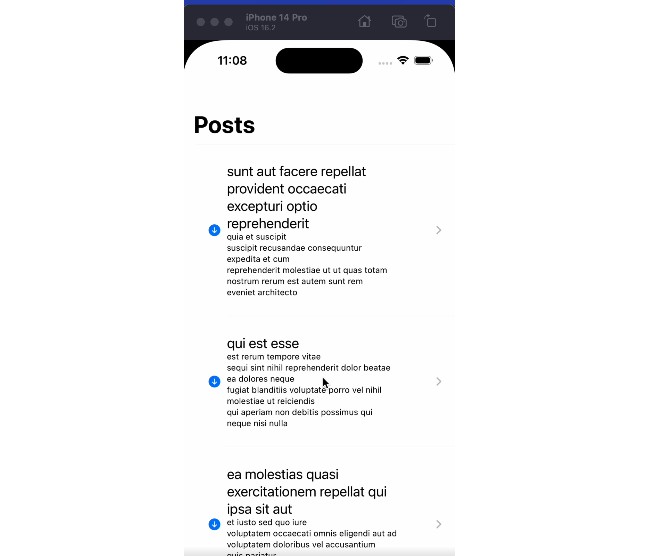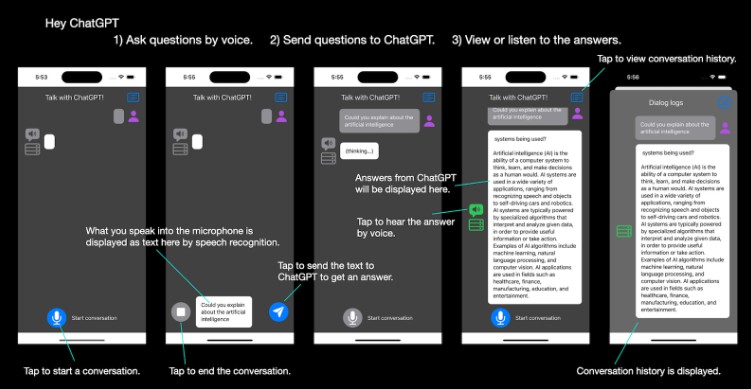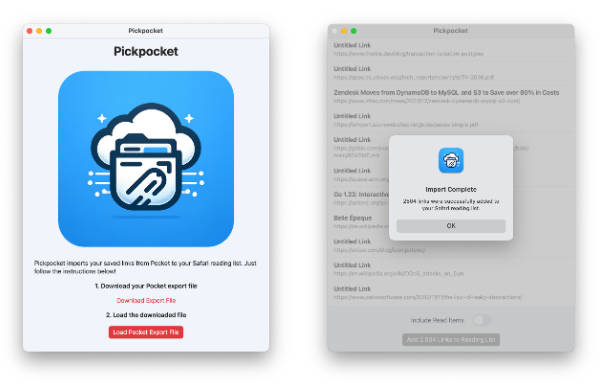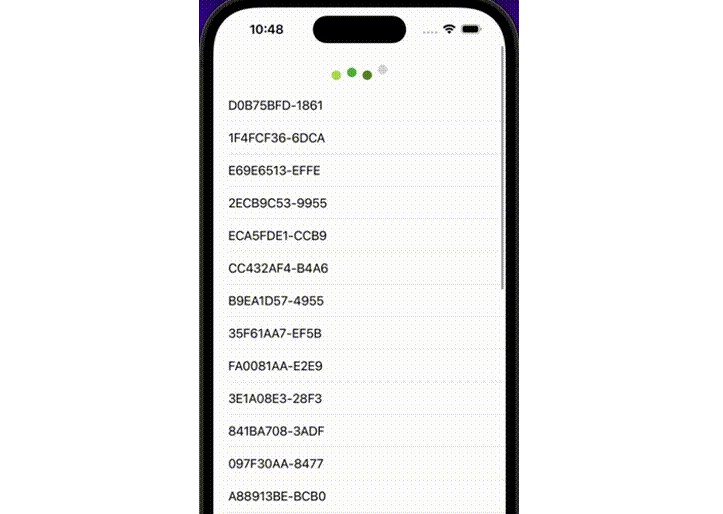SwiftUILists : Building a simple List based app using SwiftUI
Create a simple multiplatform practice app using SwiftUI for Mac, iOS and iPadOS.
Overview
This is a demo app that showcases how easy it is to spin up a list based app in SwiftUI. There are 4 tab surfaces in this demo:
- Posts
- Photos
- CoreData
- Grid
It uses async/ await concurrency api’s for network interaction, and uses the https://jsonplaceholder.typicode.com api’s as network api source.
This is a simple REST api, and can be used by developers free of cost for testing their demo apps.
Posts
To build this surface, I used the https://jsonplaceholder.typicode.com/posts api to present the list of posts. The fetch api uses the
try await URLSession.shared.data(from: url) async api to retrieve the data list and then uses a JSONDecoder to map the list into a memory managed
list of objects which have the following structure.
struct Post: AbstractModel, Codable, Hashable {
let userId: Int
var id: Int
var title: String
var body: String
var isFavorite: Bool? = false
}
Once the list is populated, then reloading the data is a very simple step by spinning up a task associated with the main List object in the body of the view.
.task {
do {
if self.feed.posts.isEmpty {
if let posts = try await network.fetch(.posts) as? [Post] {
self.feed.posts = posts
}
}
} catch {
print("Failed to retrieve posts")
}
}
To pass state between the main parent view and the child view that renders the content of each cell, I used @Binding property wrapper. This allows changes in both parent and child to reflect in each other. Using this, I was able to mark cells as favorited or now by using the trailing swipe actions. An example of this behavior is shown in this video.





